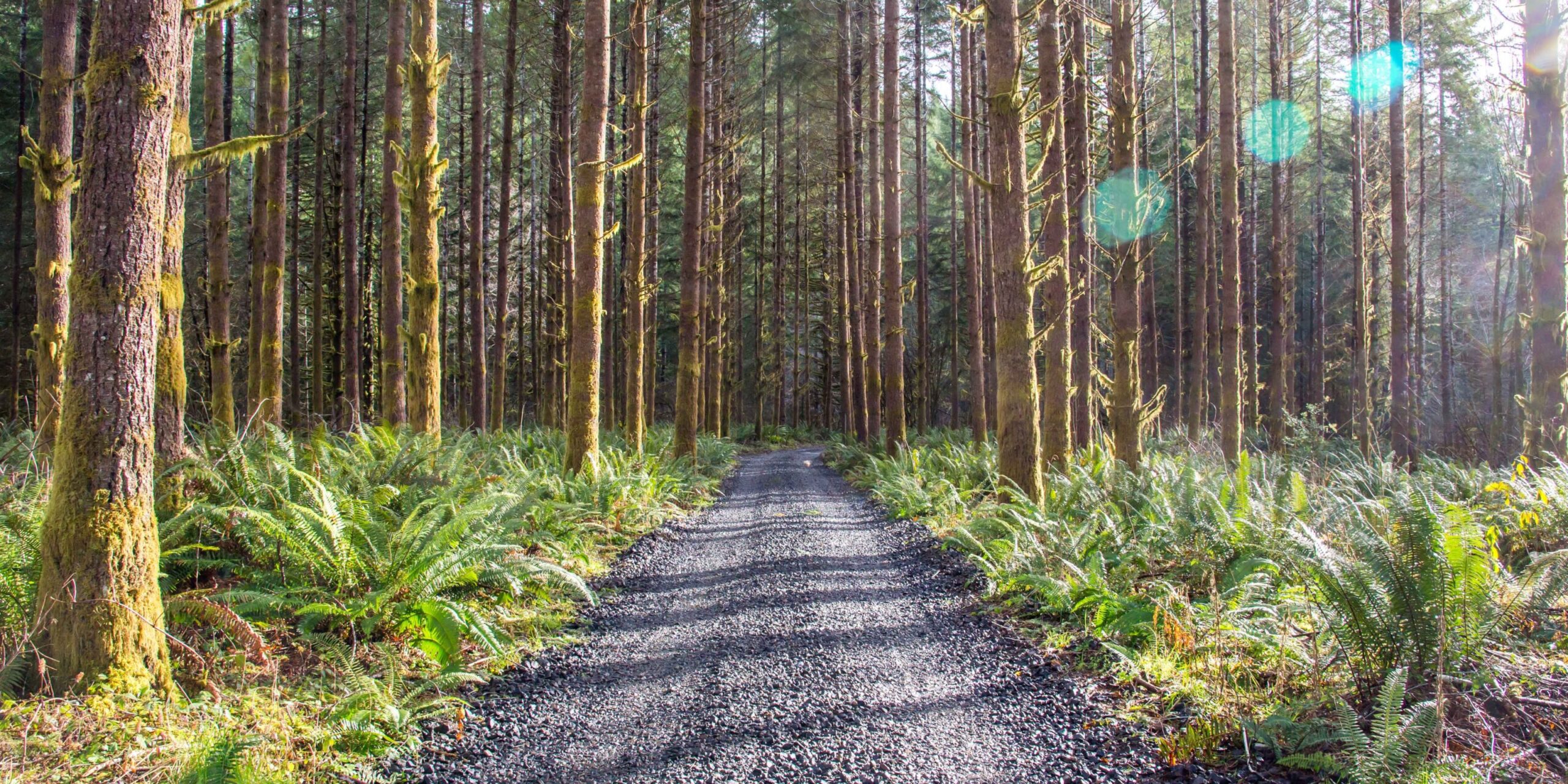
Work. Play. Renew.
5 Ways Humans Can Speak for the Trees
Oregonians love their trees. If you’re a nature lover, there are ways you can help the trees in Oregon to thrive. Who knows, you may also influence others to join the effort. Read on to find out more about how you can speak for the trees.
 Why Is It So Important to Speak for the Trees?
Why Is It So Important to Speak for the Trees?
Trees have a major impact on our environment. They help our air to stay clean and breathable. We all know the dangers of carbon dioxide, and trees are a defense against it by turning it into healthy oxygen. This is one of the ways speaking for the trees will also help to fight back against the dangers of climate change.
Trees also protect soil from erosion and reduce noise pollution from highways. When you’re speaking for the trees, you’re also speaking up for all the other plants and wildlife that need trees for shelter and food.
1. Prevent Wildfires
Humans can play an active role in preventing wildfires. It starts by simply being responsible when you light fires in the woods or at home.
For instance, a family campfire needs to be built and maintained with care. Clear away flammable material in the area, never leave it unattended and extinguish it thoroughly before you go to bed or leave the campsite. Additionally, avoid lighting the fire altogether if the weather is extraordinarily dry and the fire risk is high. You can take similar precautions if you do any burning at home. As always, check for fire restrictions in your area before lighting a fire.
Thankfully, Oregon has incredible resources for preventing and fighting fires.
2. Support Forest Management
Another major thing you can do to speak for the trees is support managed forest programs. Managed forests help prevent wildfires, fight against climate change, create economic benefits and so much more.
Having a forest management plan motivates people to monitor the trees regularly. This means that if any problems appear, they are taken care of before they spread to the other trees.
One way to effectively manage a forest is through thinning. This may sound counterintuitive at first. But while we all want as many trees as possible, the truth is, too much forest density can hurt more than help. Proper thinning helps because there will be less competition for sunlight, soil and water. This helps ensure the forest as a whole continues to thrive.
Other ways to manage the trees and forests include reforestation. As you may have guessed from the name, this is the practice of planting new trees after harvesting. There’s also afforestation, which involves planting a group of trees where there weren’t trees before that can eventually lead to the creation of a new forest.
3. Educate Others About Trees
Share what you’ve learned about fire prevention, forest protection, reforestation and the benefits of forest management with people who are as passionate about trees as you are. Discuss the importance of trees in terms of contributing to healthy habitats, providing local jobs and supporting sustainable building practices. Oftentimes, people would like to help but aren’t sure what they can do. You can help point them in the right direction.
If you have the means to do so, donate time or money to organizations that promote active forest management. Volunteering with these organizations is a great way to embrace your passion for the trees and to make a difference.
4. Plant Trees on Your Own and Support Larger Planting Efforts
Even one or two trees in your yard will make a difference. No, we’re not just saying that—it’s actually backed up by science. According to the National Wildlife Federation, just one single tree can absorb about one ton of carbon dioxide in its lifetime.
And when friends, family and neighbors see the beauty of that one tree, many will be inspired to plant one themselves. Be sure to plant trees that are native to your region to support the local ecosystems and wildlife habitats and avoid invasive plant species that might steal vital resources from local trees.
You can even start a tree-planting project in your community. Including a community garden or nursery. When more people speak for the trees, the world takes notice.
5. Enjoy Forest Recreation Without Causing Any Damage to Trees
Part of the reason you may feel passionate about reforestation is because you love the great outdoors. And this is true for most of us, especially those lucky enough to live in an area with as many beautiful forests as the Pacific Northwest. But in order to keep enjoying the land, be aware and cautious of not causing any damage.
In general, the best way to enjoy nature is to be respectful of what it has to offer. That includes observing birds and wildlife without disturbing them.
If your career has you working in the Oregon forests, you will also have to take precautions and avoid damaging the trees. In fact, this is part of the Oregon Forest Practices Act.
At Oregon Forests Forever, the main focus is to ensure Oregon’s forests thrive. You can find out more about Oregon’s forest by exploring the website.